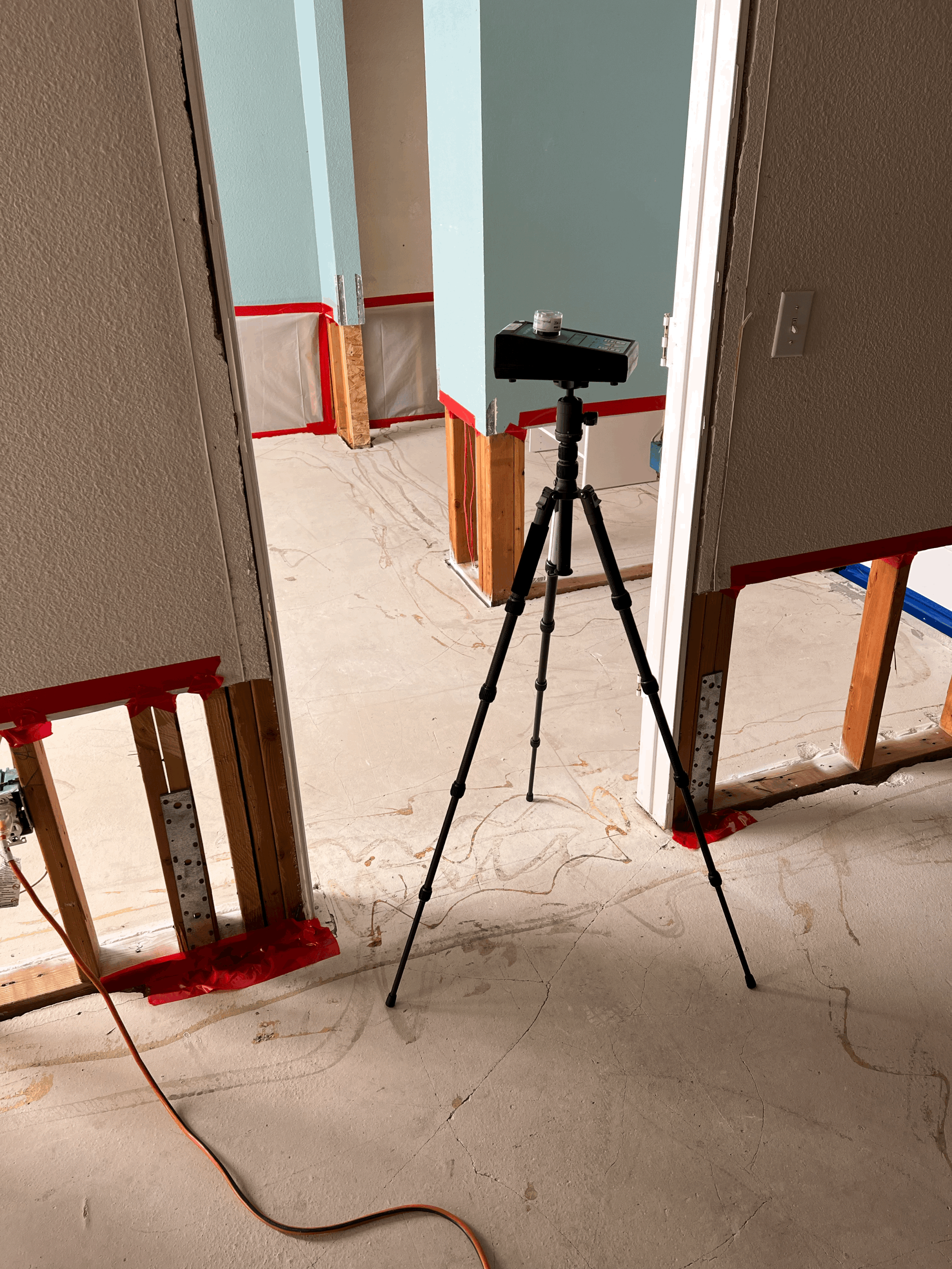How to Prevent Mold Growth in the Future
How to Prevent Mold Growth in the Future
Mold is a fungus that can grow on almost any surface, especially if there is moisture, humidity, or poor ventilation. Mold can cause health problems, such as allergies, asthma, infections, and even toxic reactions. Mold can also damage your property, such as furniture, walls, floors, and ceilings. That’s why it’s important to prevent mold growth in the future, and keep your home clean and dry.
In this blog post, we will share with you some tips on how to prevent mold growth in the future, based on the recommendations from the Centers for Disease Control and Prevention (CDC)1 and other sources 2 3 4. By following these tips, you can protect your health and your home from mold.
Tip 1: Keep your home dry and well-ventilated
One of the main causes of mold growth is excess moisture in your home. Moisture can come from various sources, such as leaks, floods, spills, condensation, or high humidity. To prevent mold growth, you should keep your home dry and well-ventilated. Here are some ways to do that:
Check your home regularly for any signs of water damage or leaks, and fix them as soon as possible. You should also inspect your roof, gutters, pipes, appliances, and windows for any cracks, holes, or gaps that may allow water to seep in.
Use dehumidifiers, fans, or air conditioners to reduce the humidity level in your home. You should keep the humidity level no higher than 50% all day long. You can buy a meter to check your home’s humidity at a home improvement store.
Use exhaust fans that vent outside your home in the kitchen and bathroom. You should also open windows and doors to let fresh air in.
Dry any wet or damp items within 24 to 48 hours. You should also avoid leaving wet clothes, towels, or dishes in your home. You should also wipe off any condensation or moisture from your walls, windows, or furniture.
Tip 2: Clean your home regularly
Another cause of mold growth is dirt and dust that can provide food for mold. To prevent mold growth, you should clean your home regularly, especially the areas that are prone to mold, such as bathrooms, kitchens, basements, and attics. Here are some ways to do that:
Use a mild detergent and water to wipe down the surfaces in your home, such as countertops, sinks, faucets, showers, tubs, toilets, and tiles. You should also scrub any moldy or stained areas with a brush or a sponge.
Use a bleach and water solution to disinfect the surfaces in your home, especially after cleaning them. You can mix one cup of bleach with one gallon of water in a bucket or a spray bottle. You should spray or wipe the solution on the surfaces, and let it sit for 10 minutes. You should then rinse the surfaces with clean water, and dry them with a towel or a fan.
Use a vacuum cleaner with a HEPA filter to remove any dust or dirt from your carpets, rugs, curtains, and upholstery. You should also wash your bedding, towels, and clothes regularly with hot water and detergent.
Use a heavy-duty cleaner to remove any stains or odors from your surfaces, such as vinegar, baking soda, or hydrogen peroxide. You can also use a commercial product that is designed for mold removal.
Tip 3: Use mold-resistant products
Another way to prevent mold growth is to use mold-resistant products when you renovate or repair your home, such as mold-resistant drywall, paint, caulk, insulation, or flooring. These products are specially treated or made with materials that can resist mold growth. Here are some ways to use them:
Use mold-resistant drywall or cement board instead of regular drywall or wood in areas that are exposed to moisture, such as bathrooms, kitchens, basements, and attics. You should also use mold-resistant tape and joint compound to seal the gaps between the boards.
Use mold-resistant paint or primer to cover the surfaces in your home, such as walls, ceilings, and trim. You should also use mold-resistant caulk or sealant to fill any cracks or holes in your surfaces, such as around windows, doors, pipes, or vents.
Use mold-resistant insulation or foam to insulate your home, such as in your walls, floors, ceilings, or attic. You should also use mold-resistant vapor barriers or membranes to prevent moisture from entering your home, such as under your flooring or behind your drywall.
Use mold-resistant flooring or tiles to cover your floors, such as in your bathrooms, kitchens, basements, or entryways. You should also use mold-resistant grout or adhesive to secure the flooring or tiles to the subfloor.
Conclusion
Mold is a serious problem that can affect your health and your home. That’s why you should prevent mold growth in the future, and keep your home clean and dry. By following these tips, you can prevent mold growth in the future, and enjoy a healthier and happier living environment. I hope you found this blog post helpful and informative. Thank you for reading!




